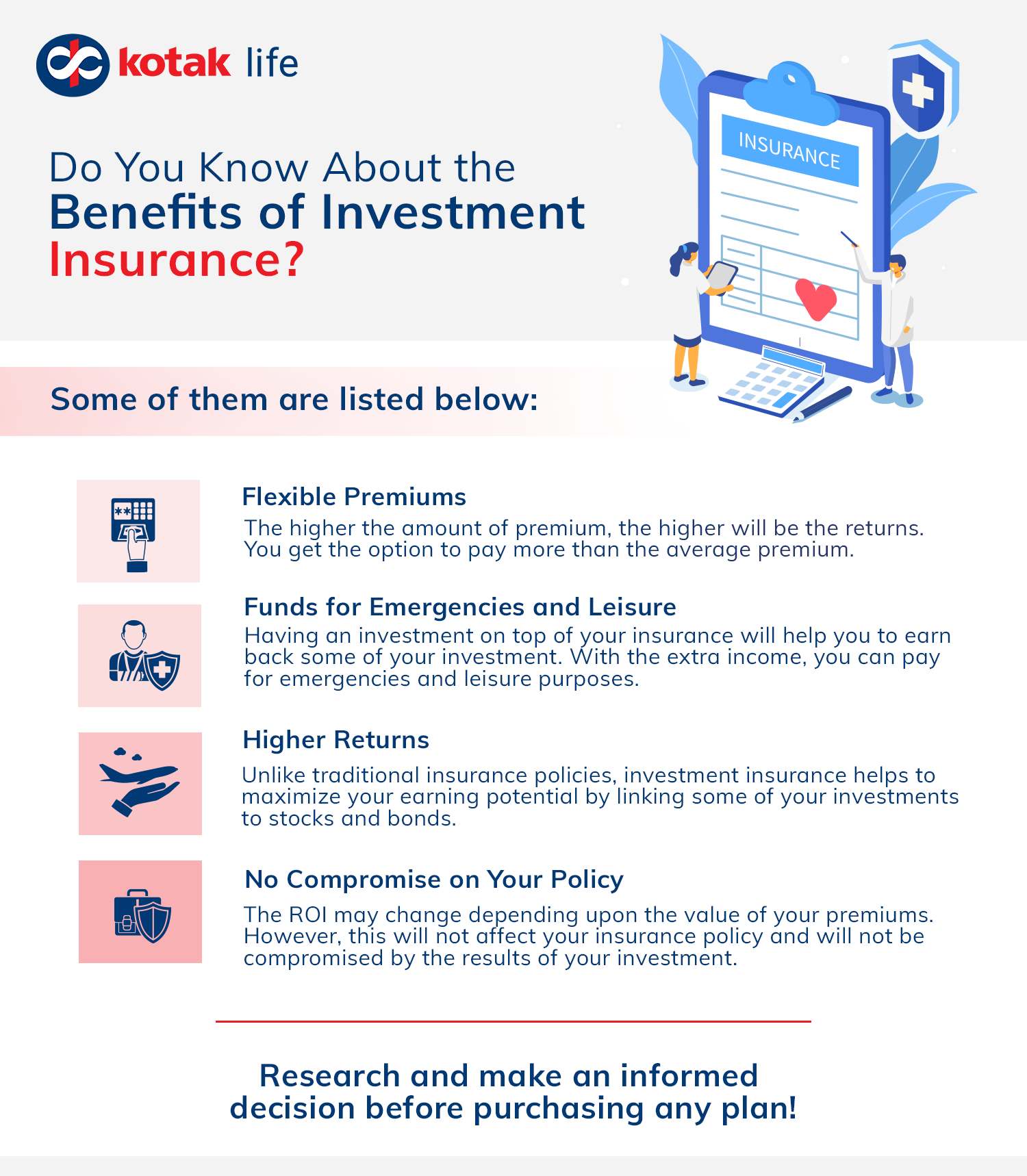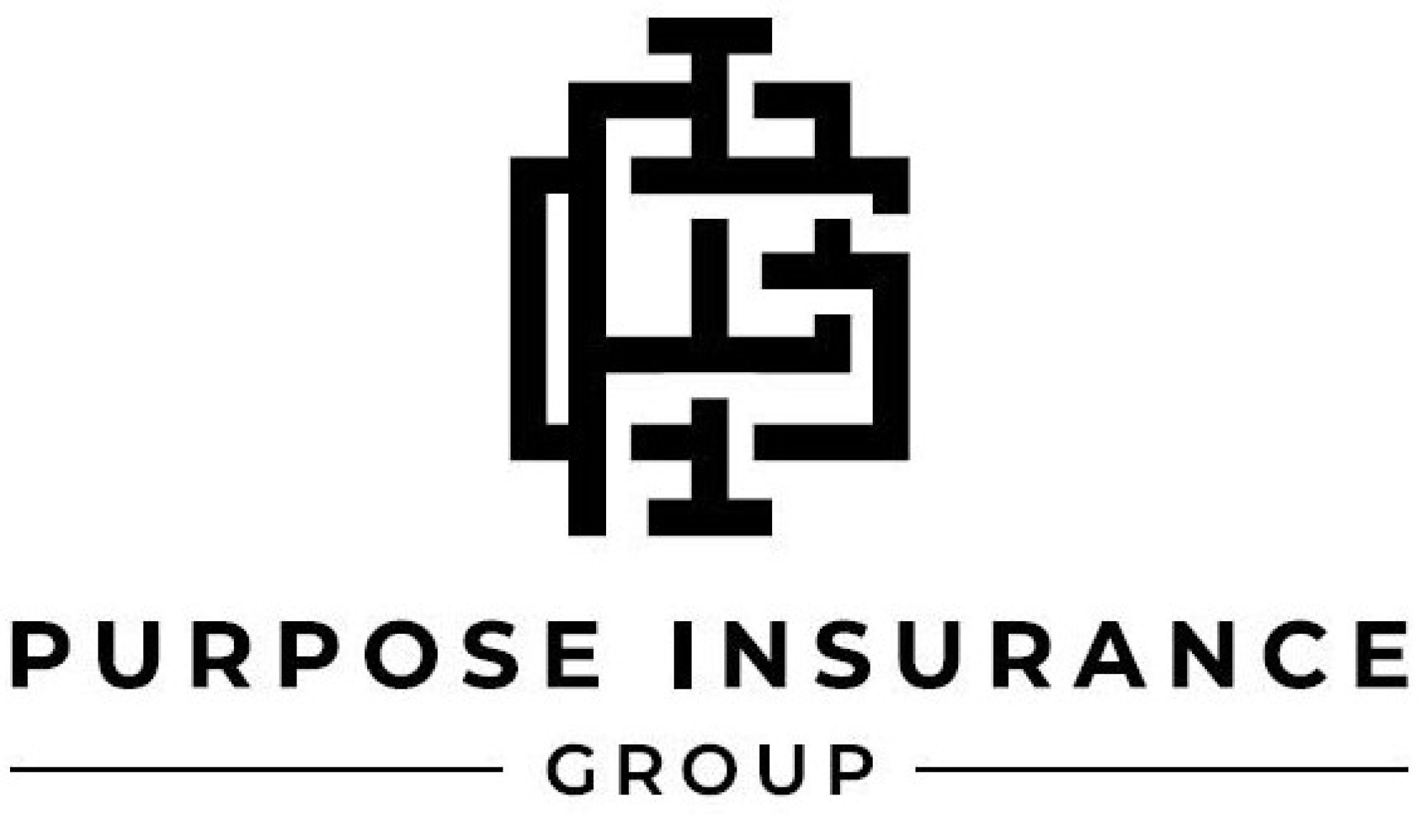The Only Guide for Pacific Prime
Not known Details About Pacific Prime
Table of ContentsThings about Pacific PrimeThe Only Guide for Pacific PrimePacific Prime Can Be Fun For AnyoneHow Pacific Prime can Save You Time, Stress, and Money.What Does Pacific Prime Do?

This is since the information were collected for a period of strong economic efficiency. Of the estimated 42 million individuals that were uninsured, just about regarding 420,000 (concerning 1 percent) were under 65 years of age, the age at which most Americans become eligible for Medicare; 32 million were grownups in between ages 18 and 65, about 19 percent of all adults in this age team; and 10 million were children under 18 years of age, concerning 13.9 percent of all youngsters (Mills, 2000).
These price quotes of the number of persons without insurance are created from the yearly March Supplement to the Current Populace Survey (CPS), performed by the Demographics Bureau. Unless or else kept in mind, nationwide estimates of individuals without medical insurance and percentages of the population with various kinds of protection are based upon the CPS, the most extensively made use of resource of quotes of insurance coverage and uninsurance rates.
The Pacific Prime Ideas

Still, the CPS is specifically helpful because it generates annual estimates fairly rapidly, reporting the previous year's insurance coverage estimates each September, and since it is the basis for a constant collection of quotes for even more than twenty years, enabling for evaluation of trends in coverage in time. For these reasons, in addition to the extensive use the CPS in various other research studies of insurance policy protection that are presented in this record, we rely upon CPS estimates, with restrictions noted.

The quote of the variety of uninsured individuals increases when a population's insurance standing is tracked for several years. Over a three-year period beginning early in 1993, 72 million individuals, 29 percent of the U.S. https://gravatar.com/pacificpr1me. population, lacked insurance coverage for at least one month. Within a solitary year (1994 ), 53 million individuals experienced at the very least a month without insurance coverage (Bennefield, 1998a)
Six out of every ten without insurance adults are themselves used. Working does enhance the probability that one and one's household participants will certainly have insurance, it is not a guarantee. Also participants of families with two full time wage earners have nearly a one-in-ten chance of being without insurance (9.1 percent uninsured rate) (Hoffman and Pohl, 2000).
The 10-Minute Rule for Pacific Prime
New immigrants make up a significant percentage of people without medical insurance. One analysis has associated a significant part of the current growth in the size of the U.S. uninsured populace to immigrants that got here in the country between 1994 and 1998 (Camarota and Edwards, 2000). Current immigrants (those who concerned the USA within the previous four years) do have a high price of being uninsured (46 percent), but they and their youngsters make up simply 6 percent of those without insurance policy country wide (Holahan et al., 2001).
The connection in between health and wellness insurance coverage and access to care is well developed, as recorded later on in this chapter. The connection in between wellness insurance and health end results is neither direct nor basic, a comprehensive medical and health services study literary works web links health and wellness insurance protection to enhanced access to care, far better top quality, and improved individual and populace health and wellness condition.
Levels of evaluation for taking a look at the effects of uninsurance. This conversation of medical insurance Learn More protection concentrates mainly on the U.S. population under age 65 since essentially all Americans 65 and older have Medicare or various other public coverage. It concentrates especially on those without any health insurance for any length of time.
Indicators on Pacific Prime You Should Know
The problems encountered by the underinsured are in some aspects comparable to those faced by the uninsured, although they are normally much less extreme. group insurance plans. Uninsurance and underinsurance, nonetheless, include definitely various plan issues, and the strategies for resolving them might vary. Throughout this research and the 5 records to follow, the main focus gets on individuals with no health insurance and thus no help in paying for healthcare beyond what is readily available with charity and safety net institutions
Medical insurance is an effective element influencing invoice of care since both individuals and medical professionals respond to the out-of-pocket price of services - https://linktr.ee/pacificpr1me. Medical insurance, nevertheless, is neither needed nor sufficient to acquire accessibility to medical services. Nevertheless, the independent and direct impact of health insurance policy protection on accessibility to health and wellness solutions is well developed.
Others will get the wellness treatment they need also without medical insurance, by spending for it out of pocket or seeking it from service providers who supply care totally free or at very subsidized rates. For still others, wellness insurance coverage alone does not guarantee receipt of care as a result of various other nonfinancial obstacles, such as an absence of health care carriers in their neighborhood, restricted accessibility to transportation, illiteracy, or linguistic and social differences.
Pacific Prime - Questions
Formal research about without insurance populations in the United States dates to the late 1920s and early 1930s when the Committee on the Price of Treatment produced a series of reports concerning funding medical professional workplace visits and hospital stays. This problem became prominent as the varieties of medically indigent climbed up throughout the Great Clinical depression.